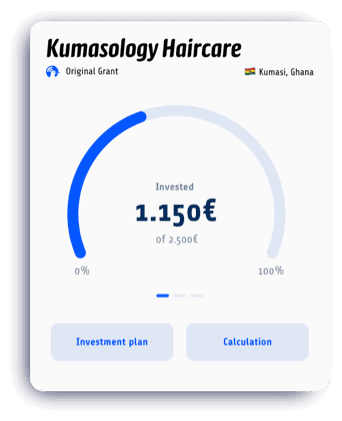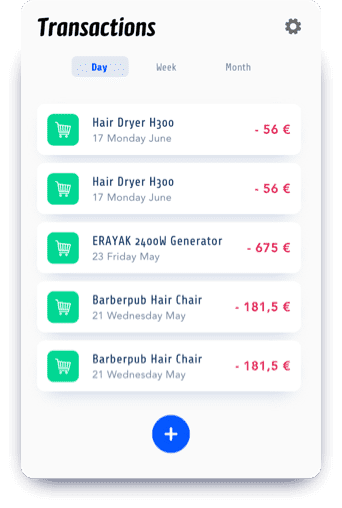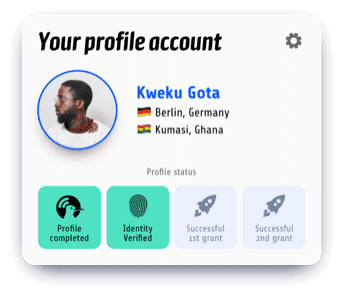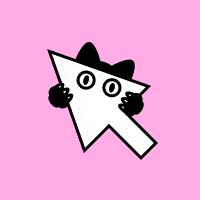Creating a User-Centric Platform for Cross-Continental Investment
Project name: WIDU.AFRICA, GIZ, Germany
Timeline: 2018 — 2023, initial UX Research took 12 weeks
My role: UX Researcher and UX/UI Designer at Lucid.Berlin
Over 5k supported investments.
9 million € disbursed grants.
Platform expansion: Initially piloted in 2 African countries, now operational across 6 African and 9 European countries.
Project scope
Develop an online portal facilitating and funding small private business investments between Europe (Germany) and Africa (Ghana, Cameroon), focusing on diaspora communities. Research considers perspectives of stakeholders: client, foreign ministry funder, and users from diaspora communities (Germany) and small entrepreneurs.
Goal: Establish scalable digital platform supporting thousands of small businesses across Africa.
Research focus
Create platform suitable for areas with limited internet access.
Understand diaspora community motivations for investing in Ghanaian and Cameroonian businesses.
Identify challenges faced by small business owners in accessing capital and resources.
Balance informal economic activities' requirements with platform usability.
Ensure research avoids eurocentric bias in African context.
Research setup
Data Analysis
Analyzed client-provided data and conducted comprehensive research on digital accessibility in African countries, revealing significant obstacles, such as a 70% internet outage in Cameroon prior to project commencement.
Surveys and Interviews
Conducted pilot and large-scale surveys with over 300 potential users, along with 30+ online semi-structured interviews, revealing concerns from diaspora investors and entrepreneurs about lengthy processes and strict reporting rules.
Digital Ethnography
Explored social and power dynamics in diaspora communities through theoretical study, aiding in framing and interpreting user data. Recognized the significance of treating the project from the perspective of informal economics inherent in diaspora economics.
Insights and Development
Through my research, I gained several insights that helped guide the design and development of the online portal. For example, I found that users were tired of Western digital products for Africa having an 'old-fashioned' look, which influenced the design and aesthetic of the platform.
Additionally, I discovered that there was a need to reduce the number of requirements in the user journey, leading to a more streamlined process that reflected the users' needs.
Mobile money has played a crucial role in promoting financial inclusion, with over 60% of mobile money users being unbanked in Ghana alone.
A very important aspect of my research was emphasizing cultural and business differences, as well as limitations in terms of logistics, access, and the informal economy. These factors had to be implemented in the strategy, user journey, and overall communication.
Therefore, the strategy was a mobile-first platform that can be easily accessible in areas with poor internet and responsive enough to cover any type of smartphone screen. I developed a design system of blocks and widgets that can provide flexibility in terms of project expansion and allow the user to have a better overview of the process and investment statuses.
Research and Design impact
Simplified process
Data and insights from UX research aided in reducing the required steps for users to complete by up to 70% from the original concept.
Sustainable design
The mobile-first strategy, combined with flexible design system, allowed the implementation of new features over the years, reducing the need for UI design support by 90%.
Expansion
Tthe platform expanded to include 6 countries in Africa and 9 countries in Europe. The initial research methods were utilized for further UX testing.
Disclaimer
All images and materials in this case study belong to WIDU.AFRICA, managed by GIZ. My role as an employee of the contractor of WIDU.AFRICA was to showcase my skills, and no sensitive data or confidential information was used. The information and photographs provided were created for presentation purposes only, using placeholder data and photos generated by Midjourney AI. This case study does not reflect the views or opinions of WIDU.AFRICA or GIZ.












